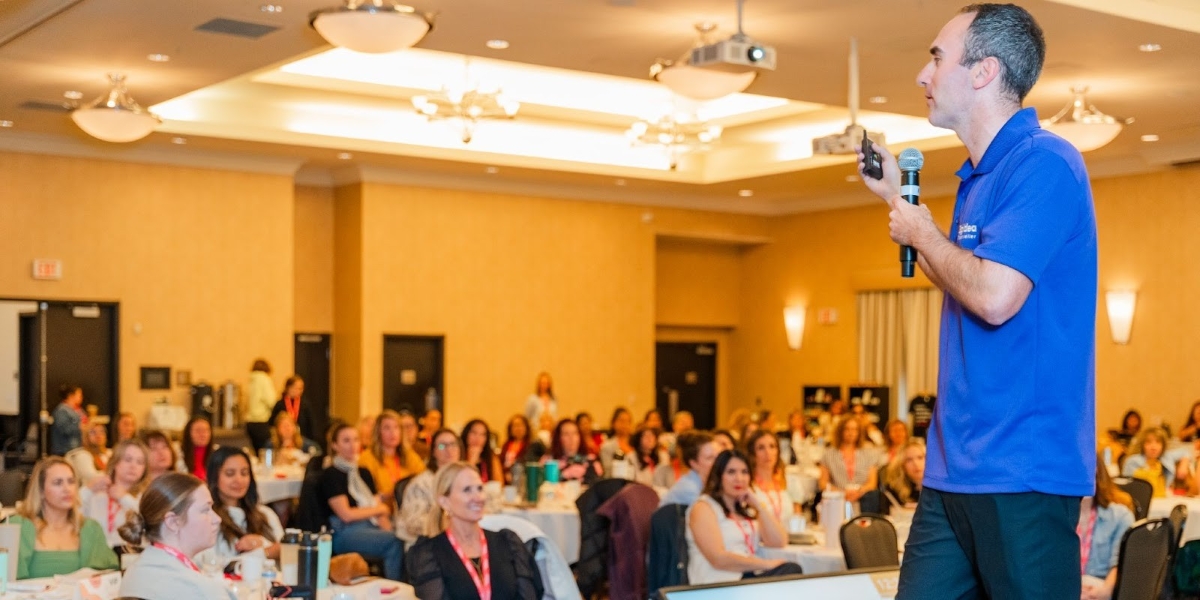Enhancing performance as a cyclist involves a combination of proper training, nutrition, and recovery strategies. Whether you’re a competitive racer or a recreational rider aiming to improve, following a structured training plan can help you reach your goals. Here are some training tips to help cyclists boost their performance.
Establish Clear Goals
Setting clear, achievable goals is the first step in any training plan. Determine what you want to accomplish, whether it’s increasing your speed, building endurance, or preparing for a specific race. Having defined goals will help you stay focused and motivated.
Build a Structured Training Plan
A structured training plan balances different types of workouts to improve various aspects of cycling performance. Consider incorporating the following components into your plan:
Endurance Training Building endurance is crucial for long-distance rides and overall stamina. Include long, steady rides at a moderate pace in your weekly routine. Aim for one or two long rides per week, gradually increasing the distance over time.
Interval Training High-intensity interval training (HIIT) helps improve speed, power, and cardiovascular fitness. Incorporate intervals of high-intensity effort followed by periods of rest or low-intensity cycling. For example, sprint for 30 seconds, then recover for 2 minutes. Repeat this cycle several times per session.
Strength Training Strength training enhances muscle power and overall cycling performance. Focus on exercises that target the legs, core, and upper body. Squats, lunges, deadlifts, and planks are effective for building cycling-specific strength. Aim for two strength training sessions per week.
Hill Climbing Training on hills improves leg strength, power, and endurance. Include hill repeats in your routine, where you ride up a hill at a steady pace, then recover on the descent. Gradually increase the number and intensity of hill climbs as your strength improves.
Recovery Rides Incorporate easy, low-intensity rides into your plan to promote recovery. These rides help increase blood flow to the muscles, aiding in the removal of metabolic waste products and speeding up recovery. Keep these sessions short and relaxed.
Focus on Technique
Improving your cycling technique can lead to more efficient riding and better performance. Pay attention to the following aspects:
Pedaling Efficiency Work on your pedaling technique to ensure smooth, efficient strokes. Aim for a consistent cadence of 80-100 revolutions per minute (RPM). Use clipless pedals to engage your entire pedal stroke, pulling up as well as pushing down.
Bike Fit A properly fitted bike enhances comfort and performance while reducing the risk of injury. Visit a professional bike fitter to ensure your saddle height, handlebar position, and other adjustments are optimal for your body and riding style.
Cornering and Descending Practice cornering and descending techniques to improve control and speed. Enter corners wide, cut to the apex, and exit wide. Maintain a balanced position with your weight centered over the bike. On descents, keep your body low and relaxed to reduce wind resistance and increase stability.
Nutrition and Hydration
Proper nutrition and hydration are critical for optimal performance and recovery:
Pre-Ride Nutrition Eat a balanced meal containing carbohydrates, protein, and healthy fats 2-3 hours before your ride. For early morning rides, a light snack like a banana or energy bar 30-60 minutes before starting can provide a quick energy boost.
During the Ride Stay hydrated by drinking water regularly throughout your ride. For rides longer than an hour, consume carbohydrates to maintain energy levels. Energy gels, bars, and electrolyte drinks are convenient options.
Post-Ride Recovery Replenish glycogen stores and support muscle recovery by consuming a mix of carbohydrates and protein within 30-60 minutes after your ride. A smoothie, yogurt with fruit, or a balanced meal can aid recovery.
Rest and Recovery
Rest and recovery are as important as training itself. Overtraining can lead to fatigue, decreased performance, and injury. Incorporate the following recovery strategies:
Rest Days Include at least one or two rest days per week to allow your body to recover and adapt to the training load. Use these days to relax and engage in light activities like stretching or walking.
Active Recovery Active recovery involves low-intensity activities that promote blood flow and muscle repair. Gentle yoga, swimming, or an easy spin on the bike can be beneficial.
Sleep Aim for 7-9 hours of quality sleep per night. Sleep is crucial for muscle repair, hormone regulation, and overall recovery. Establish a regular sleep routine and create a conducive sleep environment.
Monitor Your Progress
Track your progress to stay motivated and make necessary adjustments to your training plan. Use tools like cycling apps, heart rate monitors, and power meters to monitor your performance. Keep a training journal to record your rides, workouts, and how you feel.
Improving cycling performance requires commitment, consistency, and a balanced approach to training, nutrition, and recovery. By setting clear goals, following a structured training plan, focusing on technique, fueling your body properly, and allowing adequate rest, you can enhance your cycling abilities and achieve your performance goals. Remember, progress takes time, so stay patient and enjoy the journey.





